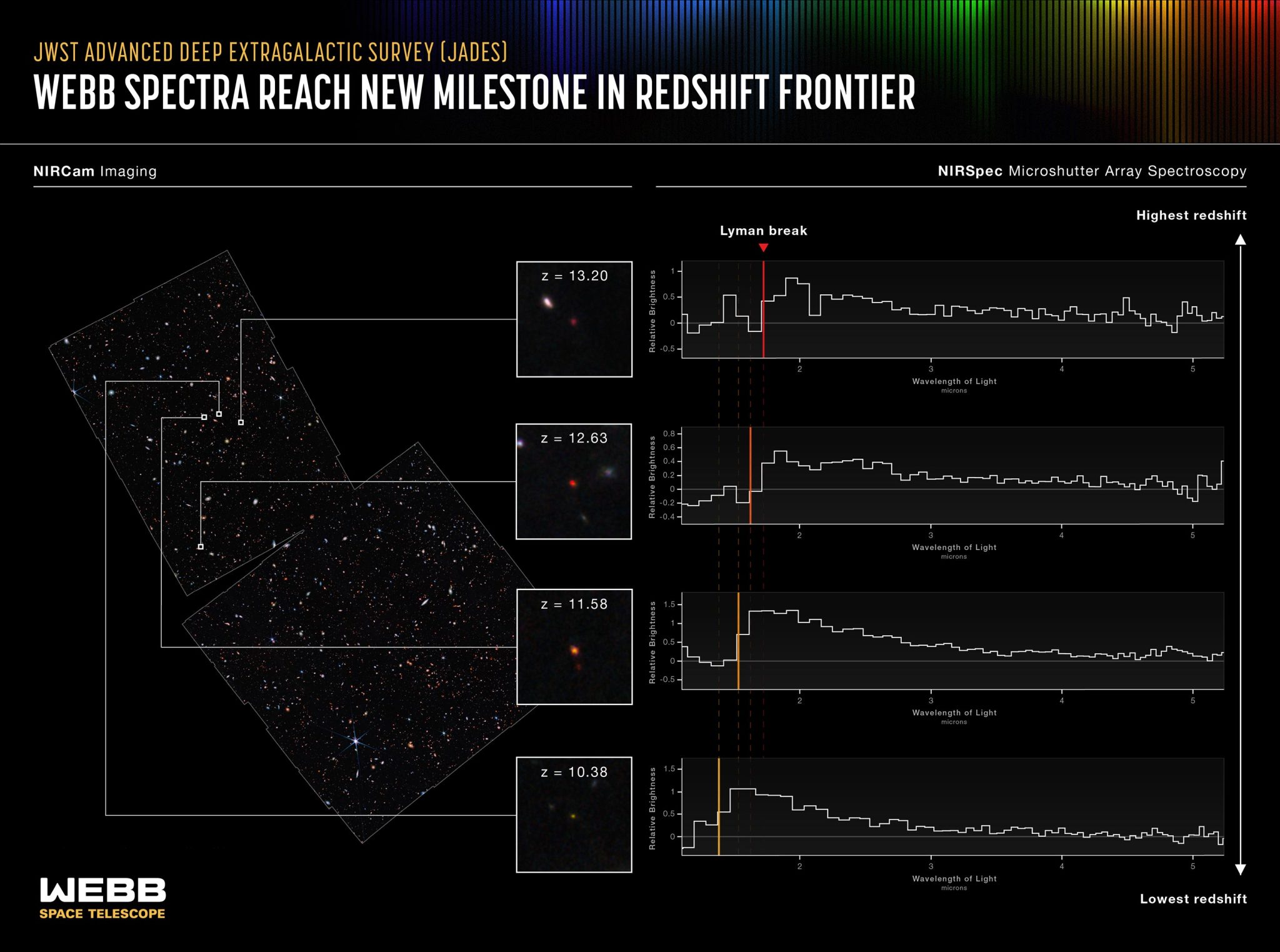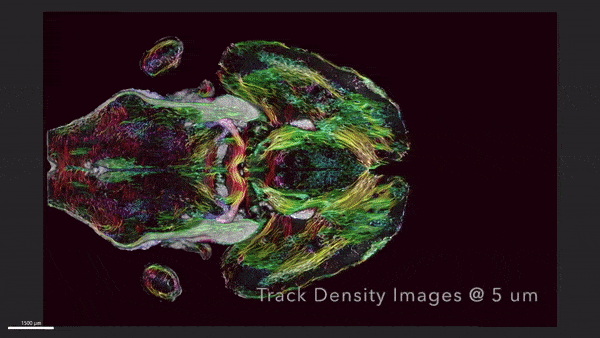Did you feel it as it hit us head on?
Gassho, J
stlah
The BOAT Event: Brightest Gamma-Ray Burst in History Puzzles Astronomers Worldwide
On October 9, a pulse of intense radiation swept through the solar system, so exceptional that astronomers quickly dubbed it the BOAT – the brightest of all time. The source was a gamma-ray burst, or GRB – the most powerful class of explosions in the universe.
The burst triggered detectors on numerous spacecraft, and observatories around the globe followed up. After combing through all of the data, astronomers can now characterize just how bright it was and better understand its scientific impact. ... “You would expect one of this magnitude about once in 10,000 years.” ... The signal from the gamma-ray burst, dubbed GRB 221009A, had been traveling for about 1.9 billion years before it reached Earth, making it among the closest known “long” GRBs, whose initial, or prompt, emission lasts more than two seconds. Astronomers think these bursts represent the birth cry of a black hole that formed when the core of a massive star collapsed under its own weight. As it quickly ingests the surrounding matter, the black hole blasts out jets in opposite directions containing particles accelerated to near the speed of light. These jets pierce through the star, emitting X-rays and gamma rays as they stream into space.
... The jets themselves were not unusually powerful, but they were exceptionally narrow – much like the jet setting of a garden hose – and one was pointed directly at Earth, Alexander explained. ...
On October 9, a pulse of intense radiation swept through the solar system, so exceptional that astronomers quickly dubbed it the BOAT – the brightest of all time. The source was a gamma-ray burst, or GRB – the most powerful class of explosions in the universe.
The burst triggered detectors on numerous spacecraft, and observatories around the globe followed up. After combing through all of the data, astronomers can now characterize just how bright it was and better understand its scientific impact. ... “You would expect one of this magnitude about once in 10,000 years.” ... The signal from the gamma-ray burst, dubbed GRB 221009A, had been traveling for about 1.9 billion years before it reached Earth, making it among the closest known “long” GRBs, whose initial, or prompt, emission lasts more than two seconds. Astronomers think these bursts represent the birth cry of a black hole that formed when the core of a massive star collapsed under its own weight. As it quickly ingests the surrounding matter, the black hole blasts out jets in opposite directions containing particles accelerated to near the speed of light. These jets pierce through the star, emitting X-rays and gamma rays as they stream into space.
... The jets themselves were not unusually powerful, but they were exceptionally narrow – much like the jet setting of a garden hose – and one was pointed directly at Earth, Alexander explained. ...
stlah



 )
)



 ) ...
) ...










Comment